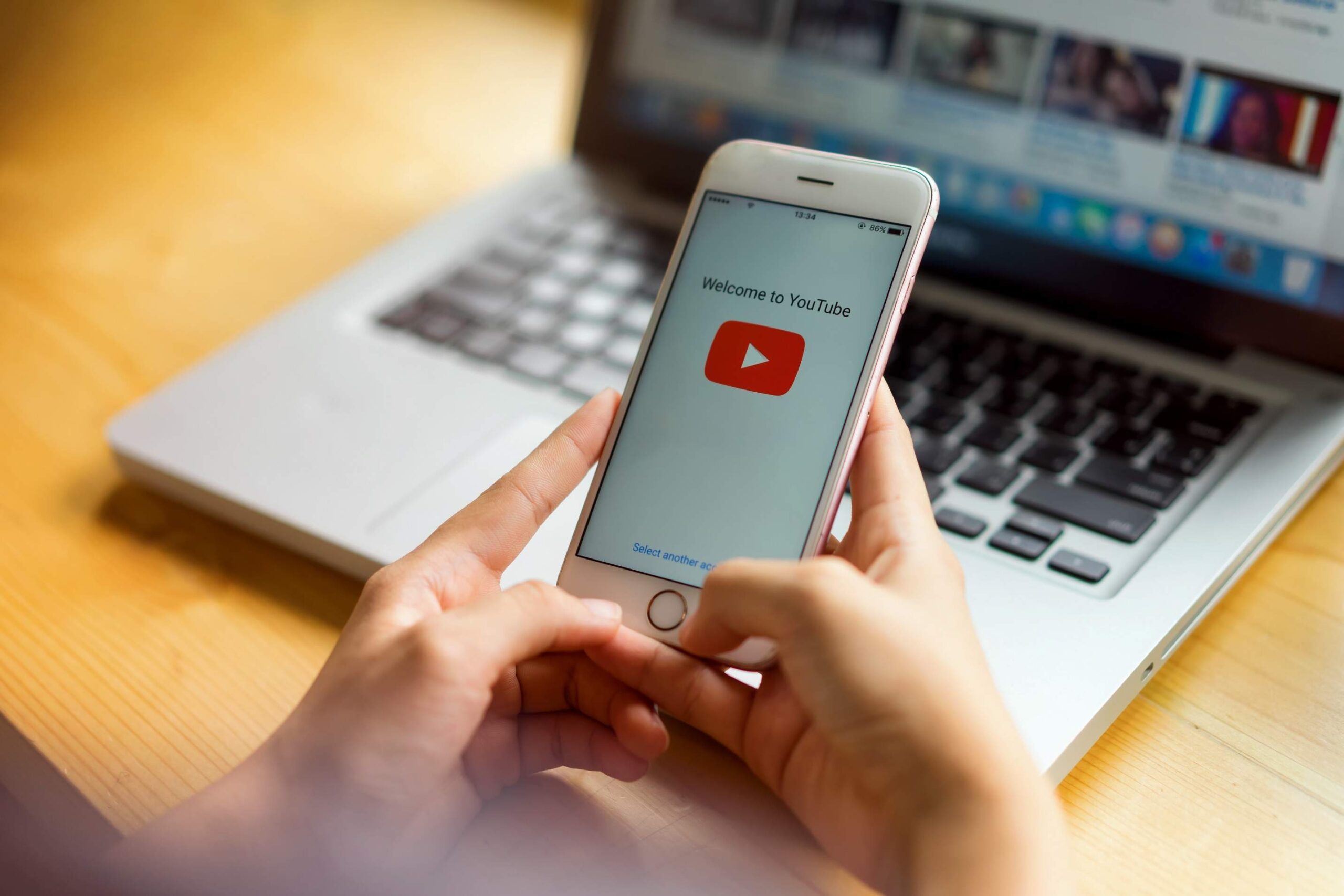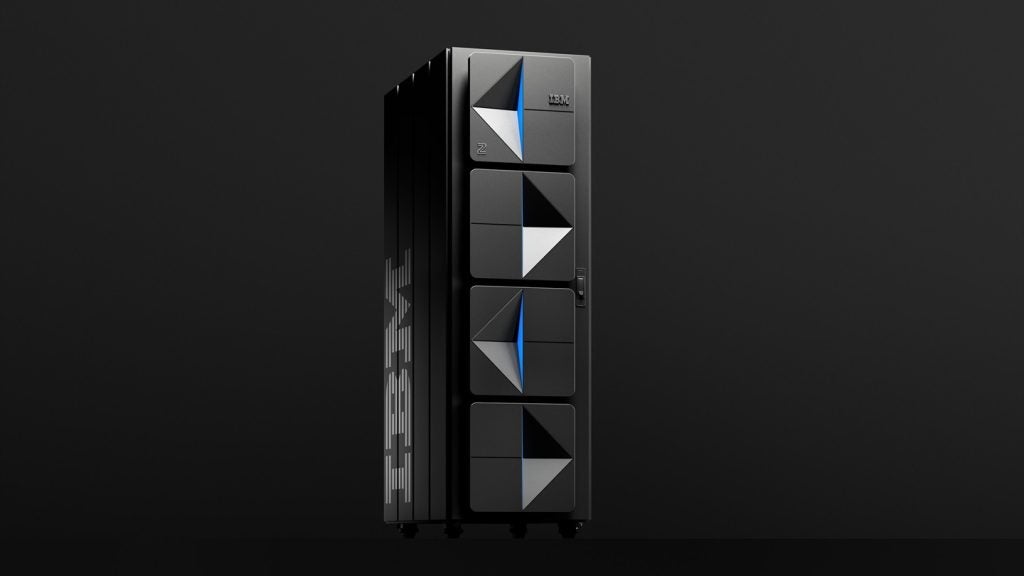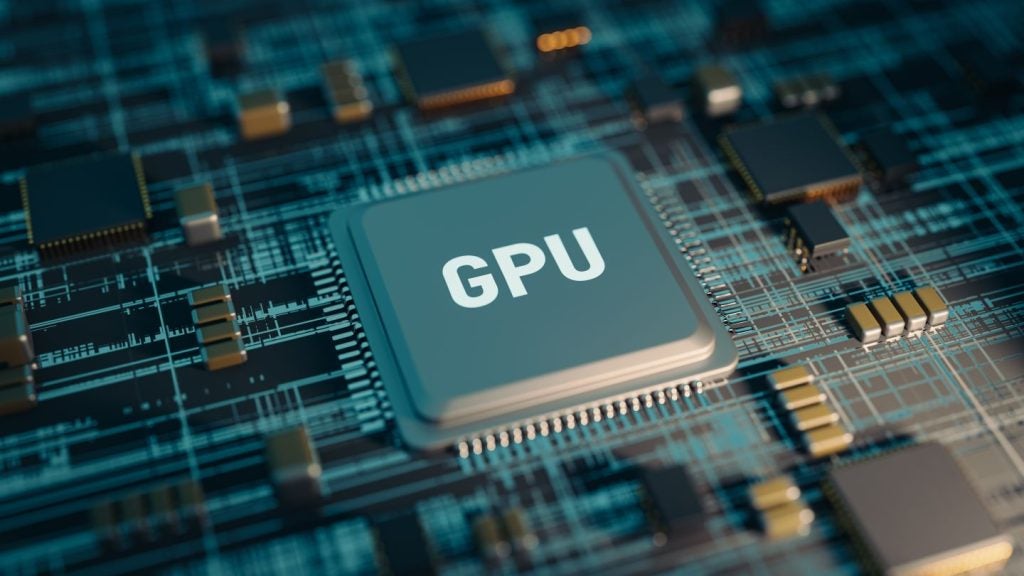
Amazon and Google, two of the US’s biggest tech companies, have been having some public spats.
The two are competing around two things: hardware, with the launch of their smart assistant speakers, and access to people on the internet.
This was recently capped off with rumors Amazon is going to launch its own version of YouTube, the Google-owned video-based social media company. Would this work and what implications could this have?
Why would Amazon launch its own YouTube?
To understand why Amazon would want its own version of YouTube, you have to go back to September. This was when the arguments between Amazon and Google began to escalate.
The Amazon Echo Show-YouTube spat
Back in September 2017, Amazon and Google had a falling out when Google pulled YouTube from one of Amazon’s smart speakers, the Amazon Echo Show.
At the time, it all seemed fairly petty. Amazon said:
“As of this afternoon, Google has chosen to no longer make YouTube available on Echo Show, without explanation and without notification to customers. There is no technical reason for the decision which is disappointing and hurts both of our customers.”
Google then responded by saying:
“Amazon’s implementation of YouTube on the Echo Show violates our terms of service creating a broken user experience. We hope to reach an agreement and resolve these issues soon.”
Rumours floated around that Google was going to be making its own version of the Echo Show to complement its Google Home range. A few months later, it turns out Google is sort of doing that with the Lenovo Smart Display.
Google then replaced YouTube back on the Amazon Echo Show and it was all fine.
The YouTube-Amazon Fire TV spat
Everything was ok until December when Google removed YouTube from Amazon Fire TV, the TV dongle that Amazon offers. This was in retaliation to Amazon choosing to no longer sell the Chromecast, Google’s version of the Fire TV stick.
Amazon responded to this saying:
“Google is setting a disappointing precedent by selectively blocking customer access to an open website.”
However, it’s not a major issue for Amazon’s customers as it possessed a web browser that can be used to access YouTube from. It’s not just as convenient as having an easy-access app.
This lead to Amazon Tube
Following this Amazon Fire Stick / No YouTube issue, Amazon made some moves into possibly launching its own YouTube. According to Phillip Swann, back in December, the Jeff Bezos-owned company filed trademark requests for ‘Amazon Tube’ and ‘Open Tube’.
He notes that though Amazon doesn’t specifically mention YouTube in the applications, the names and the descriptions for them sound very similar to YouTube.
For instance, Amazon says that the new service would provide “non-downloadable pre-recorded audio, visual and audio-visual works via wireless networks on a variety of topics.”
As well, Amazon Tube or Open Tube would be a “software and a mobile software application” (aka an app) from “uploading, streaming, broadcasting” namely photos, videos, text, data and images. This sounds pretty similar to what YouTube is currently offering.
Will Amazon launch its own version of YouTube?
If there was ever a time for Amazon to launch its own version of YouTube, it would be now. YouTube has had a rough couple of weeks, going back to when one of the most popular YouTubers on the channel, Logan Paul, filmed a video in Japan’s so-called suicide forest, which featured a dead body.
YouTube was slammed for allowing the video to go online. The video briefly featured in its “Trending” section on the website. It was also criticised for not responding to the controversy for nearly two weeks, which it apologised for on Twitter.
Since the controversy, the video platform has introduced a series of changes to the way it functions. This week, it announced that it was changing the way videos and accounts can be monetised on YouTube. Now, creators need to have 1,000 subscribers and 4,000 hours of video watched in the past 12 months. Once they reach this target, the content can be monetised.
YouTube’s chief product officer, Neal Mohan, and its chief business officer, Robert Kyncl, explained why in a blog post:
“[The changes] will allow us to significantly improve our ability to identify creators who contribute positively to the community and help drive more ad revenue to them (and away from bad actors). These higher standards will also help us prevent potentially inappropriate videos from monetising which can hurt revenue for everyone.”
This is going to hurt the smaller channels on YouTube, making it harder for them to grow and potentially monetise. Establishing a new outlet could potentially entice those accounts that are going to be penalised by the new rules.
There is another way Amazon is already taking on YouTube
Amazon is in a perfect position to upend YouTube with its Echo Show device. For instance, this week, one of the biggest beauty companies in the world, Coty, announced it was launching a “Let’s Get Ready” skill for the Echo Show.
Coty owns beauty brands such as Rimmel, Max Factor and Bourjois. Its new Alexa skill brings the customer videos featuring tips on how to do their makeup or hair for a specific event or occasion.
According to Coty:
“Let’s Get Ready brings on demand occasion-bsed look planning fine-tuned by personal attributes such as hair, eye and skin colour.”
One major source of traffic on YouTube is people looking for makeup tutorials and the like. This is one of the ways people have launched careers through YouTube, such as Zoella, one of the UK’s biggest YouTubers.
With this skill tie-up, it shows that Amazon is already coming for YouTube content. Creating its own platform, based on the Amazon Echo Show, seems like a good opportunity.
Verdict has contacted Amazon’s press office for more information.
Watch out for Facebook
With all this Amazon Tube, will they-won’t they, there is also the issue of Facebook Watch to contend with.
If you’ve never come across it, this is a section of Facebook that solely contains videos. In fact, it’s thought that this may be one of the reasons that Facebook recently changed its News Feed algorithm to devalue video content from brands.
Anyone who is unhappy with the state of play at YouTube may choose to migrate over to Facebook Watch instead.
The sage of video-content platforms on the internet deepens.







